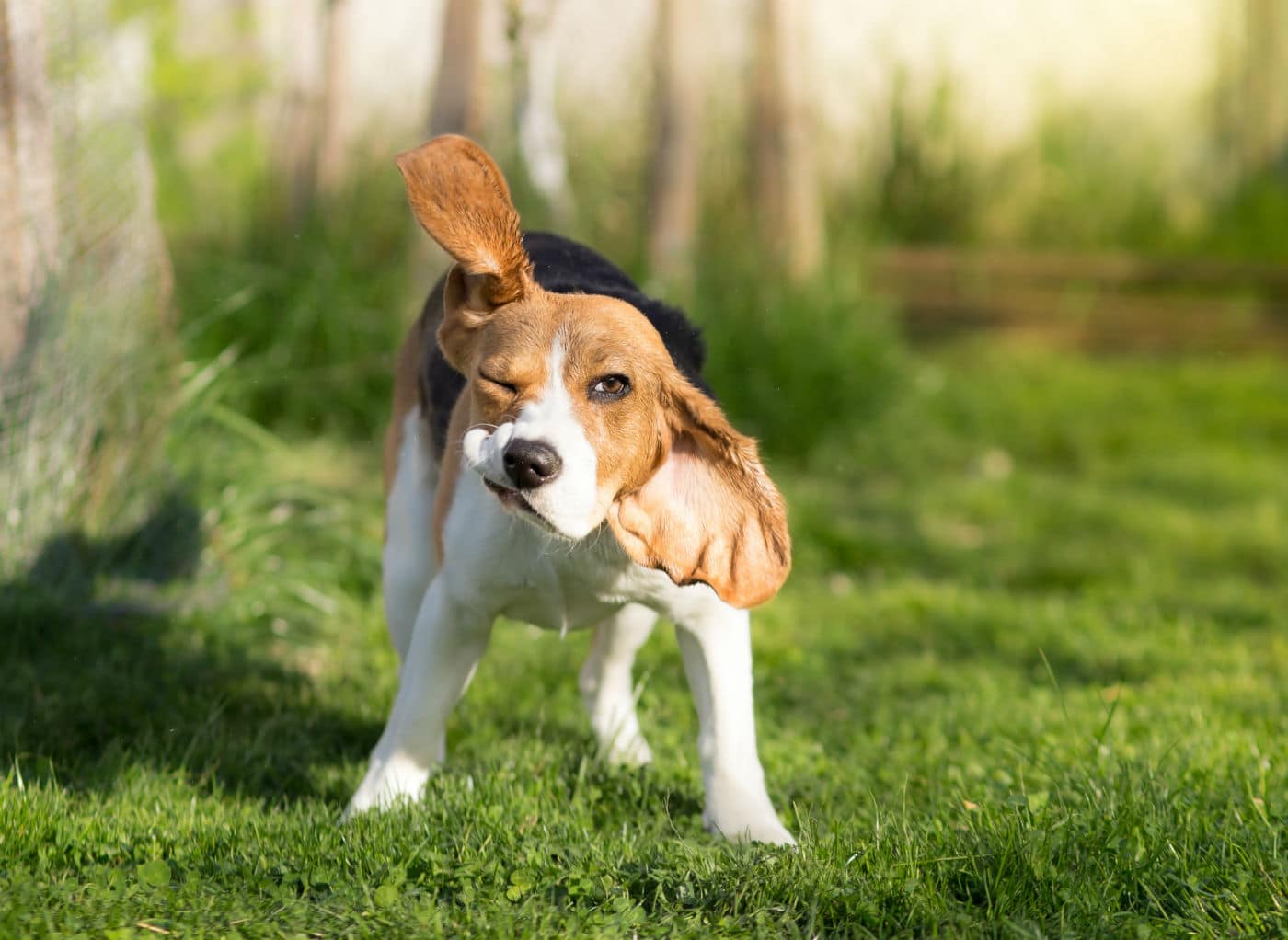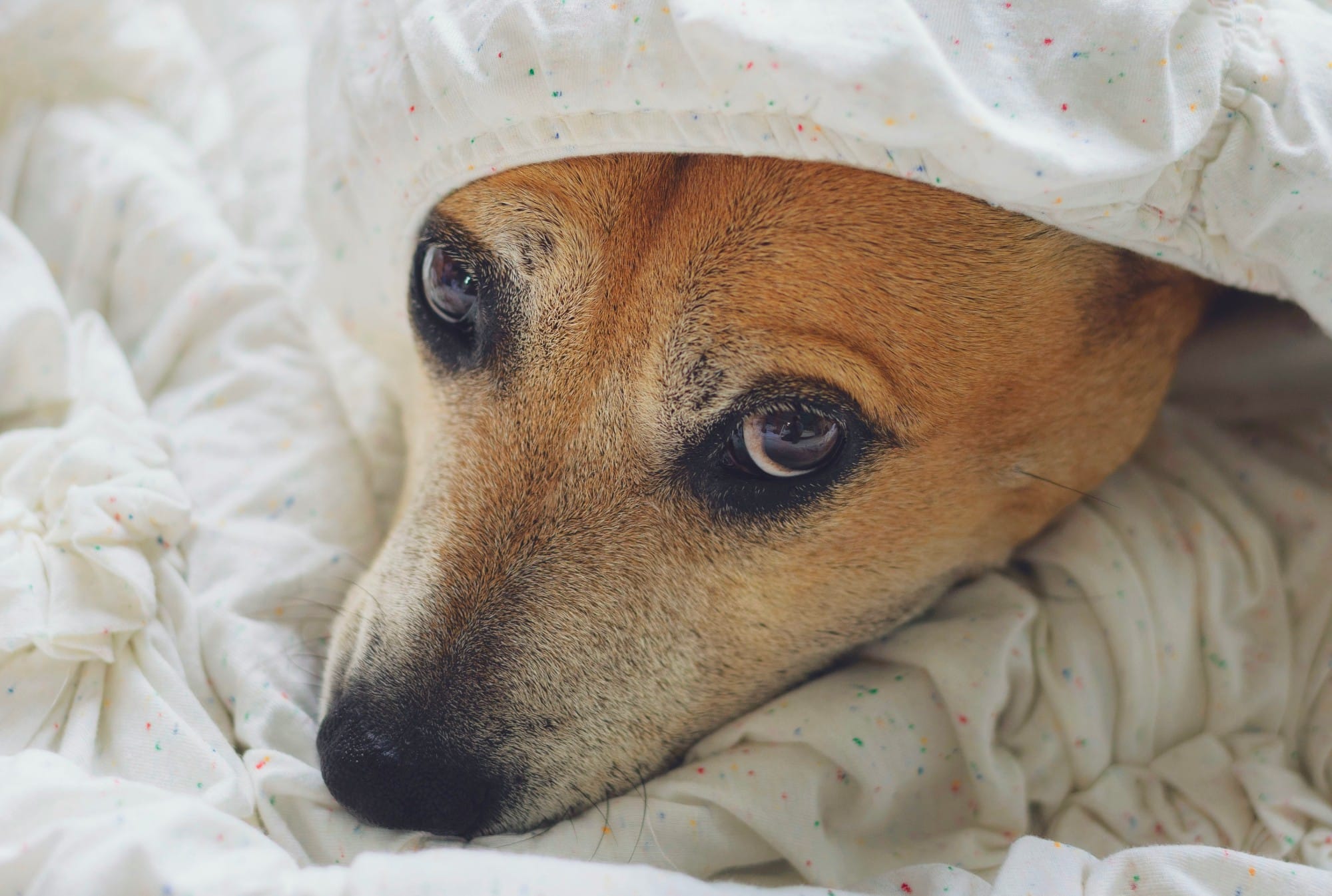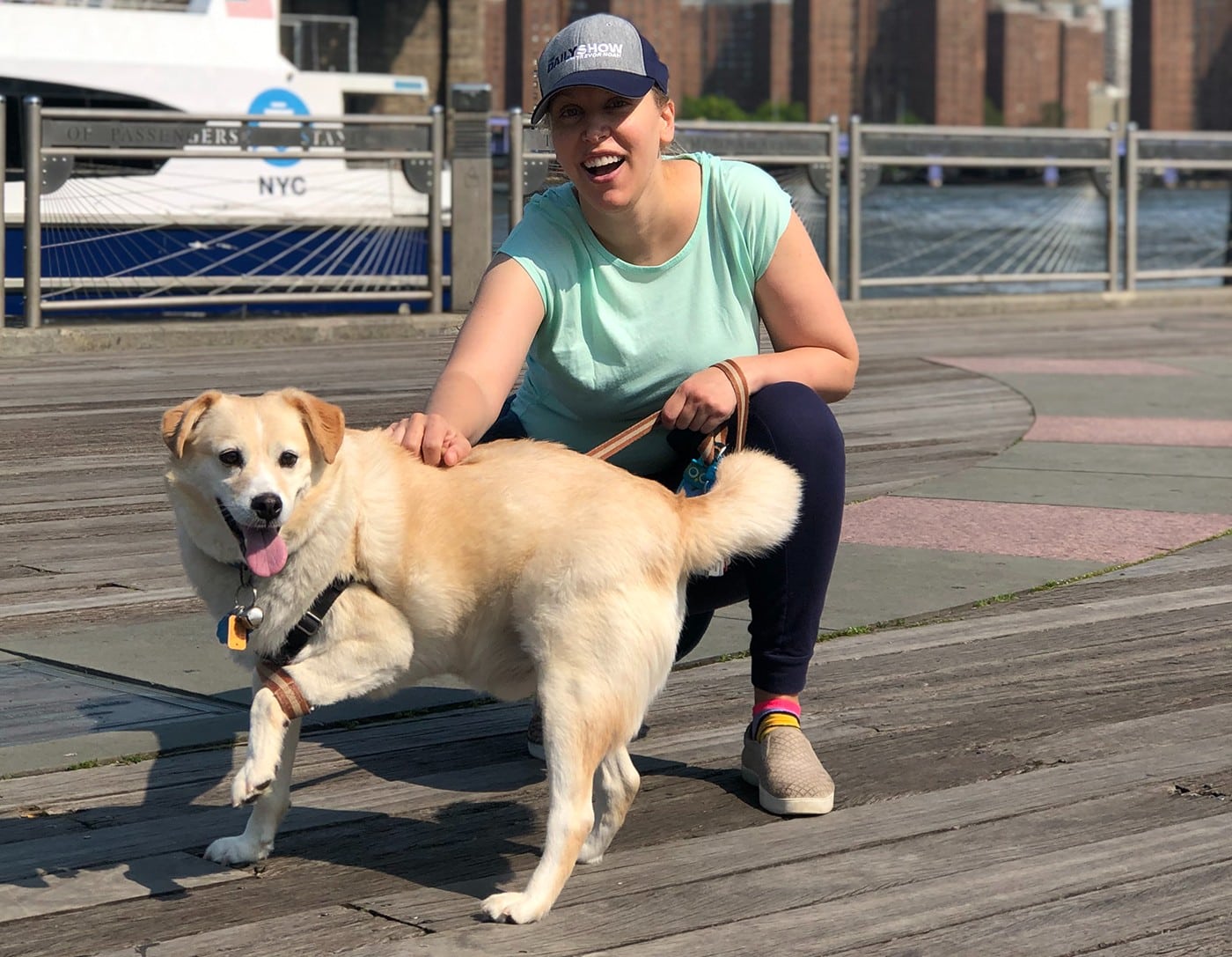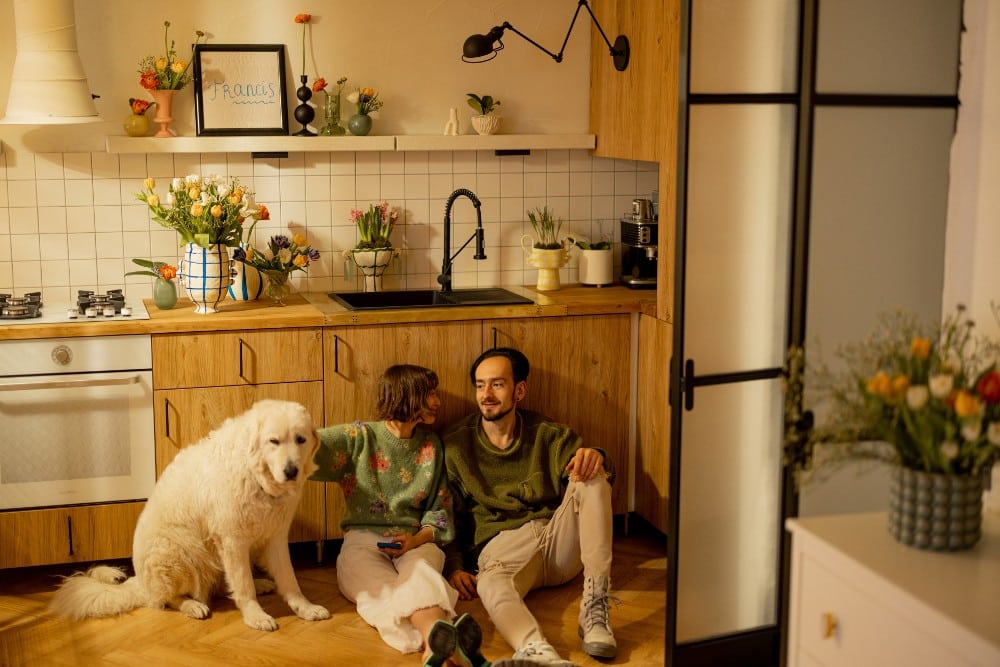To some, It may be amusing watching your four-legged sidekick go scrambling for cover when the vacuum comes out or a loud crack of thunder shakes the house, but it’s not so funny when their fears prevent them from doing everyday activities.
For instance, trying to get a scared doggie into a car may not be a problem when your fuzzy friend is just a pup, but as they get bigger, it can become a royal pain in the you know what, especially if you are in a hurry.
Related: The 5 Commands That Could Save Your Dog’s Life
Let’s take a look at top five most common dog phobias and some tips to overcome them.
1. Loud noises

Photo Credit: Flickr
It’s common for dogs to be scared of loud, startling noises like thunder, vacuums and fireworks, to name a few. They don’t have any idea what is causing that earsplitting sound making and it is terrifying to them. While your first inclination may be to sooth your dog through petting and extra attention when they are scared, don’t do it. This just reinforces that there is something they should be scared of.
Instead, work on refocusing your pooch’s attention during the loud noises. You can give your dog a puzzle game with treats every time a storm hits to keep them focused. Another option is to have training sessions or play games with them and leaving the vacuum running in the background. This helps them ignore the noise and grow accustomed to it.
You can also use positive reinforcement. Give your pup a really special treat every time you vacuum. Eventually they will look forward to your vacuuming as they know it means they get a special snack.
2. The scary man in the white coat (also known as the vet)

Don’t be surprised if your dog is afraid of the vet, after all, I’m an adult and still hate going to the doctor. At the vet, your dog will be prodded and poked, not to mention the chaotic atmosphere with barking dogs and lots of strangers.
The best way to get your four-legged companion over its fear of the vet is to get rid of the negative association. Take your pooch to the vet’s office periodically just to let them socialize. If your vet is willing, have them give your pup some treats and spend a little time petting them. This way they won’t expect to be poked, prodded, and restrained every time they go.
Another tip is to give them exercise before entering the vet’s office, so they are tired out rather than high stung and tense. Lastly, get your dog used to the vet experience when they are home in a comfortable situation. Spend some time looking in your dog’s ears, playing with their paws, pulling back their gums and lightly squeezing their belly. This desensitizes them to the things your vet will do.
3. Car rides
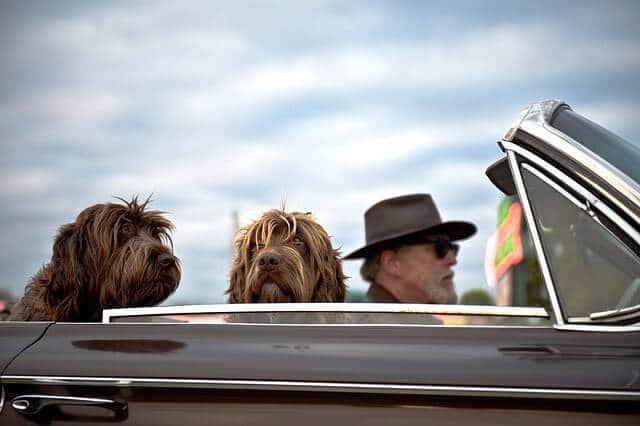
Head out the window, ears flapping, gums pushed back by the wind. While some dogs obviously enjoy being our co-pilot, others aren’t really into the whole going for a spin thing. In fact, some of our pooches are downright terrified. The best thing you can do is prevent your dog from ever developing a phobia of car rides by early exposure when they are young. If you’ve adopted an older dog though (or missed the puppy window), you may have lost your chance.
Related: Bored Dog? Give Him One of These 5 Toys to Keep Him Busy
Not to worry. It’s relatively easy to get a dog used to riding in a car. First, don’t ever force them. You want them to climb in of their own volition. If they don’t want to enter the car, start by luring them in with treats. Get them used to climbing in and out of the car and being comfortable inside of it. Spend some time just hanging out with your dog in the car without driving anywhere but keep the engine running.
The next step is to take them on a short ride around the block or to a fun destination close by. Once they take a short ride and get out of the car, have a really fun play session with them. This helps associate the car with positive things instead of just a trip to the vet or scary noises and movements. Slowly make the rides longer and your best bud will be flying high with jowls flapping in the wind in no time.
4. Being left alone

Photo Credit:Yogyakarta Street Pet Shop/Flickr
Ok, you’ve made your cup of coffee to take with you to work, looked around for your keys, put your shoes on, grabbed your coat and made a big show of telling your pooch how much you love them. And now you’re finally ready to head out the door. Quite a production, isn’t it? Separation anxiety is relatively common in dogs and often caused by all this fanfare. So what to do?
First, start by cutting out the elaborate production. Ignore your dog for a little while before you leave and after you come home. Not making such a big deal out of it can do wonders. Next actively work on the problem.
Exercise combined with slowly building up the time you are away is the best way to get your dog over its fear. Start by taking your dog on a brisk 20-minute walk or having a strenuous play session. After they are all worn out, put them in a room by themselves for a few minutes or leave them in the house and walk out the door subtly. Ideally they should be so tired they barely notice you leaving. Slowly increase the amount of time you are away. You can also try leaving them a puzzle toy with treats in it to give them a little extra something to keep them occupied.
5. Stranger danger

Photo Credit: Ed Yourdon/Flickr
Oh, the big scary stranger. Your timid pooch scuttles behind you and tries to hide between your legs as they approach. Maybe they even let out a low growl from deep in their belly. All bad signs. Most dogs’ fear of strangers stems from lack of socialization as a puppy.
Take your dog out with you to restaurants (dog-friendly, of course) and for walks in public places with lots of people. Walking in a crowd is often less scary as they don’t focus on just one stranger. After they are used to being around crowds start focusing on individual encounters. Enlist the help of a friendly stranger and let them know you are working on your dog’s fears. Ask them to just have a conversation with you for a few minutes without paying any attention to your dog. After a while, your pup should begin to relax and will probably go sniff the stranger.
The key is to let your dog work at his own pace and not let the stranger force his or her presence on the dog. You can also have the stranger give your pooch a couple of treats by just tossing them on the floor near your scared little friend. After a while your dog should begin to look forward to strangers as they will expect them to come with treats.
You’ll notice a theme here to dealing with all of the most common doggie fears and overcoming them: desensitizing, positive association and going slow never forcing. Using these simple tricks you can help your little pooch overcome just about any phobia. And if you are still having trouble, consult a professional trainer in your area.
(In no way are these tips a substitute for professional advice you’d receive from a trainer or veterinarian. If your dog is having issues, please consult a professional.)
Related: The Paris Hilton Syndrome: The Dangers of Carrying Your Little Dog Everywhere














